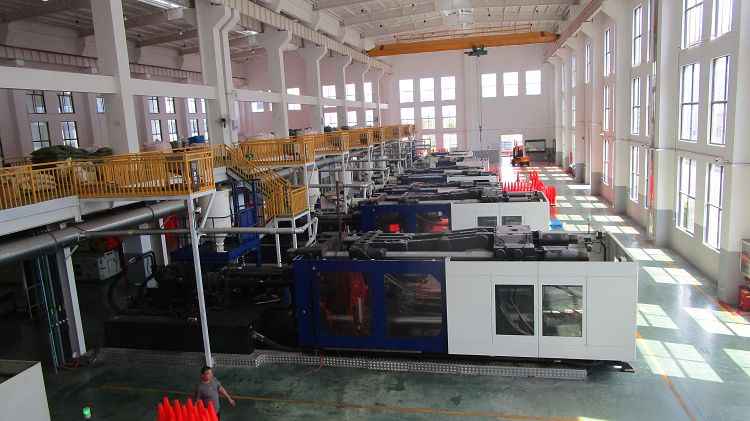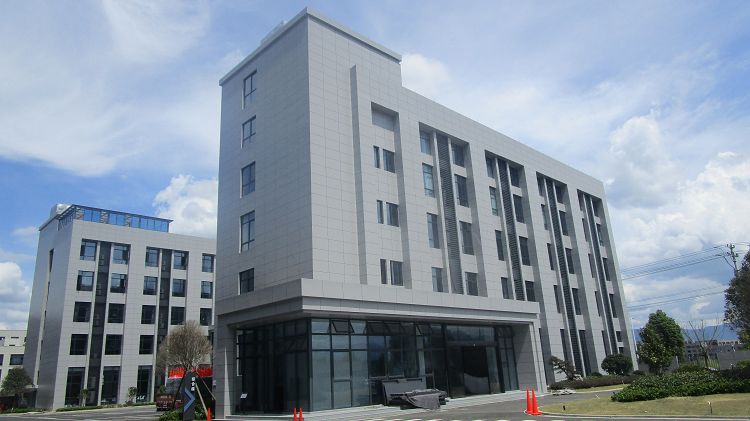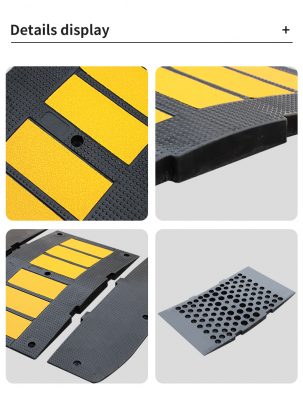
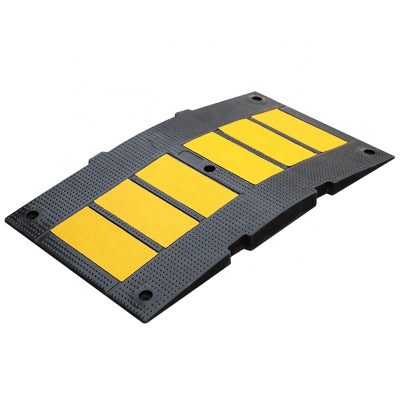
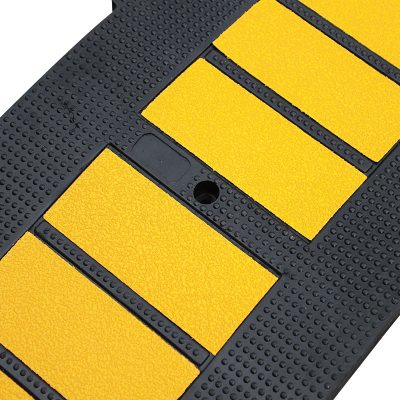
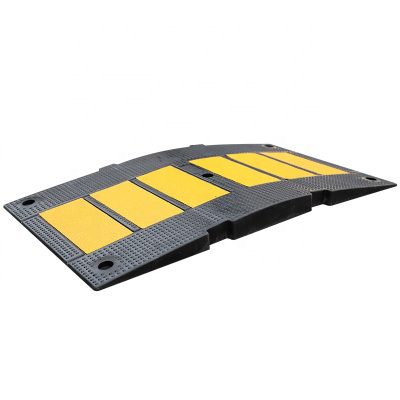
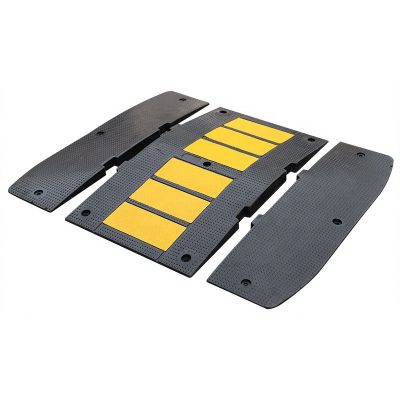
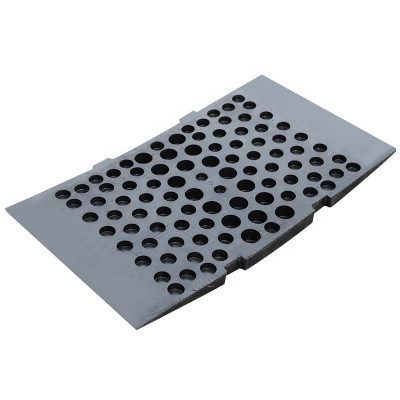
| Item Name | Rubber Speed Humps |
| Color | Black and Yellow |
| Material | Rubber |
| Size | L1010 X W230 Xh32 mm/pc |
| Weight | 13kgs/pc |
| MOQ: | 5PCS |
| Application: | Parking Lot |
| Packing | woven |
| Compression resistance | >180mpa |
| Load Capacity: | 58 Tons |
| Feature: | Anti-Fade/Anti-Pressure/Anti-Oldness/Wear-Resisting |
In recent years, the setting and application range of speed bumps have been continuously expanding. From the previous factory area, the internal roads of the community and the urban alleys, it has gradually expanded to highways and urban arterial roads. Feeling that the vehicles on the road pose a threat to the ingress and egress of their internal vehicles, there is a requirement to set up speed bumps. There are also various types of speed bumps. There are cement concrete with a certain height on the road surface, reflective and prominent road signs (reflective road studs) installed on the road, and rubber speed bumps produced by some traffic facilities manufacturers.
According to daily observations, the cross-sectional shape of the deceleration belt is approximately regarded as a circular arc. In order to simplify the collision process, we ignore the elasticity of the tire and regard the tire as a rigid body. When the wheel collides with the deceleration belt, the geometric analysis can be performed to obtain the axle. The relationship between speed and acceleration and time. From the data, it can be seen that the impact of the hump speed bump on the vehicle speed is about 30 meters before the speed bump to about 20 meters after passing. When the driver is 30 meters away from the speed bump, the speed will start to decelerate, which is approximated as a straight line of uniform deceleration. When moving, when reaching the speed bump, it is regarded as passing through the speed bump at a constant speed. When the speed is too high, the vehicle will easily fly out through excessive vibration, which affects the safety of the driver and passengers. Traffic calming can be divided into three categories: limiting motor vehicle speed, limiting motor vehicle traffic, and limiting roadside parking. By changing the height or material of a certain section of the road, the motor vehicle is forced to slow down according to the principles of heart and physiology to achieve the goal of safety.


